Writers Jai Undurti and Jasraman Grewal view Hyderabad as a city in argument with itself. They got together a few years ago to create the Hyderabad Graphic Novel project, in order to capture images and moments from the great city; to tell unique stories that could only take place in Hyderabad. They have, along with a host of other talented collaborators, produced three original graphic episodes that do just that.
We spoke to the duo in an exclusive interview about the project: what it’s all about, where it’s headed, and what goes into each story. Read on for excerpts and some unreleased material from an upcoming episode—
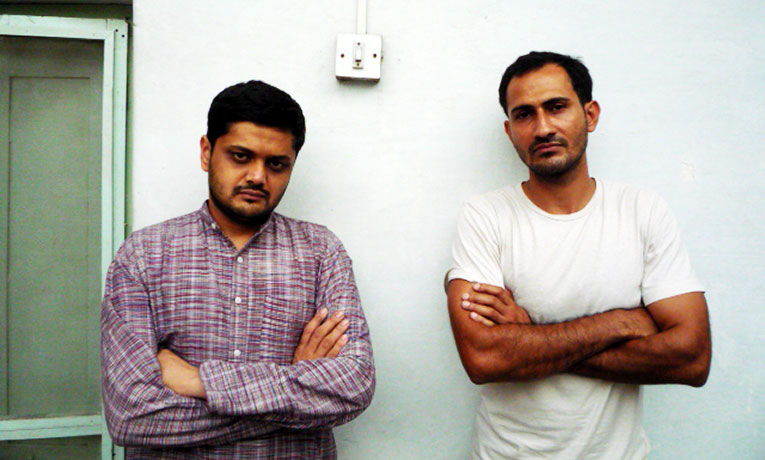
Jai Undurti and Jasraman Grewal kicked off the Hyderabad Graphic Novel project in 2009.
Could you tell readers a little about the Hyderabad Graphic Novel project? When and how was it started?
Jai: The project officially began in November 2009 though we had been thinking about the idea for at least two years before that. It arrived at an intersection of an archiving initiative focusing on oral histories and a street-photography effort. From these memories and images a narrative coalesced. A negated city was reconstructed as a sequential narrative. Our documentary project was going nowhere and we had thousands of these photographs taken over a year. We had to put them to work, but how? In such circumstances did the idea of making a comic come about.
All three main contributors are based in different cities in India. How does that affect your process? How many people are currently involved in the project?
Jai: The project is essentially Jas and I doing the writing, and Harsho is our lead artist. We have artists elsewhere, in Argentina for example, a very talented man called Federico Zumel. I’m also working with the enfant terrible of Indian comics: Biboswan Bose from Jadavpur. We have an amazing colourist in Neeraj Menon and letterist extraordinaire Aditya Bidikar. These guys have really taken the basic art and writing to a new level. All of this is possible thanks to Skype and file-sharing services.
Jasraman: Writing as a process is basically rewriting and rewriting and rewriting. The distance has been very good for us, because all our communication happens through emails and so all our communication is well spaced by thinking time, reconsidering time, and doubting the story-plot-and-language time. This has helped us hit on some insightful details. At any given time we have five or six people working on the project.
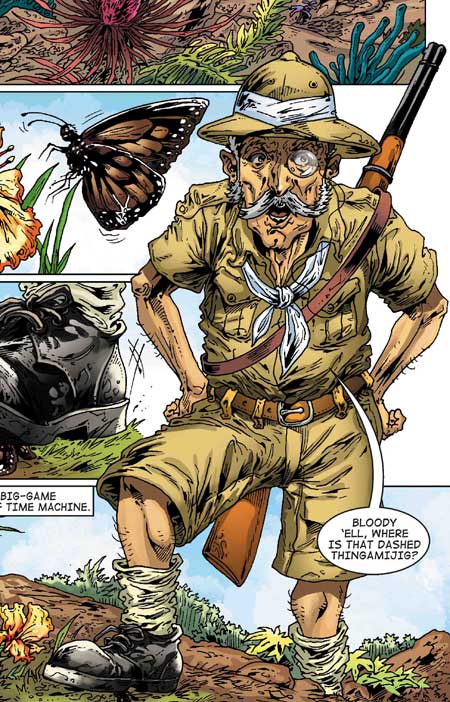
Excerpt from Issue #1: Late Cretaceous Incident.
Talk us through your creative process. How do you come up with each episode? How long does it take you from ideation to the finished product?
Jai: I can talk you through the process behind the teaser, Late Cretaceous Incident. This was the birth of our baby and her cries had to be loud enough to wake the world. So, at the outset I knew the parameters: about six to eight pages, in colour, shiny and flashy, art which would play to the artist’s strengths with a memorable story hook and some deep connection to the city. I already had the gimmick—the time-travelling auto. Now where would we deploy it? I knew Harsho did a mean dinosaur and I always liked the big-game hunter character with these cliched “English” dialogues. The next step was the autowallah character and his Deccani talk which would anchor the story, as it were.
What humour there is, is derived from the collision of these two characters. The teaser also relies on surprising the reader in that you normally don’t expect a charging Tyrannosaurus in a story about Hyderabad.
Of course, the process is different for each story. For the first episode, Come You Lost Atoms, I read the central stanza by Attar and the entire story exploded instantenously into my head. The project I’m working on now, Necropolitans, started off when I learnt that the Nizam’s police had an official Exorcist (as necromancy was strictly prohibited). It is a police procedural which just happens to involve demons.
Jas and I think up the ideas together but write separately. Ideation is simple. We go to the Minerva Coffee Shop in Himayatnagar with a blank notebook and several hours and coffee cups later emerge with some rough concepts and approaches. Then we research and write independently, and show the drafts to each other for comments.
Jasraman: If we knew how or where our episodes come from we would find them all and write them down at the same time. Ideas, stories—and many times, that perfect word—come to us somewhere during the time when we are drinking coffee, wondering about the futility of everyday life, or even while running or walking at the playgrounds. The process too is something very intangible. But we have agreed that there are some elements without which writing does not happen, like coffee, endless dialogues, searching for unknown books and authors and the city of Hyderabad. You have to keep your eyes open, even when you are dreaming.
The three episodes released so far are available as free downloads on your web site. Are there any plans to release a graphic novel in print containing a fixed number of stories?
Jai: We are in “talks”, as they say, with a couple of leading publishers. Earlier in the year, we visited the Bande Dessinée carnival in Angoulême and a French publisher expressed keen interest. Nothing yet on the dotted line.
Where do you see the project going in the near future? What do you hope to accomplish with it?
Jai: As far as distribution is concerned, we are interested in releasing it digitally. The iPad is perfect for reading comics. A starting point, for example, is the panel. The panel in the comic is a tiny cross-section compared to the research that went into it—the lithographs, the anecdotes, location photographs, production sketch work, and so on. We aim to use this mass of normally unusable information and allow readers to “dive” as deep into the panel as they choose. Ideally, we would like to release content on a subscription model through cellphones. The next stage is franchising—to create a Bangalore Graphic Novel, a Goa Graphic Novel, and so on.
In the bigger picture, all around us there is a technology-assisted drive from passive consumer to active producer. And we very much want to be part of this. Stories, much like life, are forcing themselves into different niches and crannies. For example, look at the fad for short stories/pastiches in the Amazon.com product ratings.
Jasraman: We see comics as a language by itself. A comic, even if it is written in an invented language unknown to us, will still deliver information about story, plot, and emotions. In a time like this, what could be more fantastic than the fact that is possible to communicate and understand without language, grammar, or syntax?
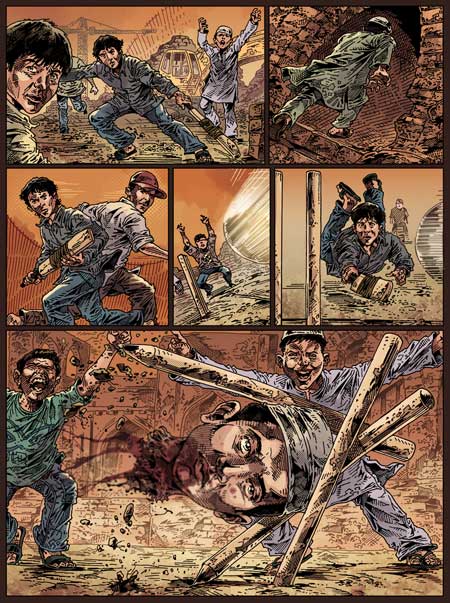
Excerpt from Necropolitans.
You’ve mentioned that the Hyderabad Graphic Novel is a “collection of stories that could only be conceived in Hyderabad. It is not limited to just being about Hyderabad.”
Jai: We are interested in the idea of Hyderabad, rather than the physical infrastructure. Great cities are rumours made of knowledge—they exist in our minds long before we ever see them. For example, utter “Paris” and immediately the associations sweep into your head: romance, Eiffel Tower, culture, croissants, etc. Say “New York” and the Statue of Liberty, high finance, world capital, are immediately ‘downloaded’ into your head. Of course, it is different for every person, but a certain ‘baseline’ is true for all such great urban centres.
Our project is not only an attempt to capture this “rumour of knowledge” but influence what the city evokes in the minds of readers as well. The goal is to strike that delicate balance, for a chance to evoke an idea, a feeling of the city’s history, a fleeting, ephemeral, but quite powerful sense of place.
A friend told me about the French word ‘terroir‘—literally the taste of place—captures, in essence, the smell of the soil in wine culture for particular regions, etc. The project attempts to get at that evanescent quality that speaks at once to history and to place.
Naturally this is closely connected with stories that could only be written in Hyderabad—the two ideas go together. Our stories spring from the city’s lifestyle, long unhurried walks through the old city, chai in its cafés, endless talking and debating. In general, we reject intellectual ghettos or, if this is not possible, admit ourselves into the ghetto of those who have rejected the same.
Jasraman: Hyderabad was not conceived of as a city. Its original plan was to be a Garden of Paradise. The place where the original garden was laid is now called Gulzar House. As a garden of paradise, this is where the whole world, the cities, the roads, highways, passes, and paths must meet in the end. There could not be a better place than Hyderabad to write stories about these same things.
What are some of your favourite graphic novels?
Jai: I was into Tintin and Amar Chitra Katha as a kid, but I guess Persepolis by Satrapi introduced me to what was happening in the field. From there it was a short leap to Maus, Palestine, etc.
What tipped us from readers to wanting to write was the Deathnote manga. In sheer propulsive power, just making you want to turn the page, it is an amazing work. I’m a huge fan of Alan Moore, especially Promethea and The League of Extraordinary Gentlemen. Moebius, of course, is a deity. For sheer awe-inspiring beauty combined with mind-melting technical brilliance nothing beats Arzach.
Generally, our influences are not from comics. Come You Lost Atoms and Zahir were written when we were obsessed by Borges for example. Our forthcoming Zenophelon is equal parts Philip K. Dick, Charvaka philosophy, and the secret architecture of Hyderabad. I also play and write about chess and that has had its influence too.
Jai, you write about comics and graphic novels for The Indian Express. What do you think of the comic book industry in India at the moment? Is there a renewed interest in the medium? How do events like Comic Con, etc. tie in with that?
Jai: To be honest, I don’t know much about the comic scene here except through what I learn from people we work with. I was in Montreal a couple of months ago and visited the shop of Drawn & Quarterly. The manager there eagerly told me that the owner had just returned from the Comic Con in Delhi and I had to sheepishly admit I’d never attended.
From what I can make out there seems to be a lot of unquestioning retelling of Indian myths or attempts to develop an Indian superhero. Or you just have knock-offs of whatever is the flavour of the day in the West—zombies, vampires, etc. And then there are these ultra avant-garde efforts inspired by Spiegelman or Crumb or whoever. I have a feeling that after some time the creators—writers and artists—will find their feet and some kind of original voice(s) will develop.
I recently read a graphic adaptation of Phule’s Gardener in the Wasteland by Natarajan and Ninan and was quite impressed—definitely a new direction.
What, according to you, does it mean for a comic book to do well in India?
Jai: A comic that sells well in railway stations, like Chacha Chaudhary or Tinkle or Doga—now that would be success. The same evolutionary forces will act here. Pretty soon there will be movies based on comics, merchandising—we already have Chota Bheem and “Cons”—and the eco-system will kick into place.
Exclusive: The Clocks of Calcutta
The following is a three-page excerpt from an upcoming episode of the Hyderabad Graphic Novel project, titled Zenophelon—
———
You can download the first three issues of the Hyderabad Graphic Novel project for free at this location.





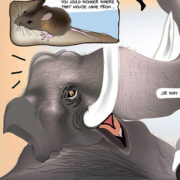
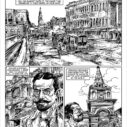
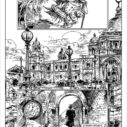
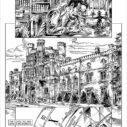
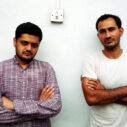



I hope at some point they also explore the possibility of self-publishing.